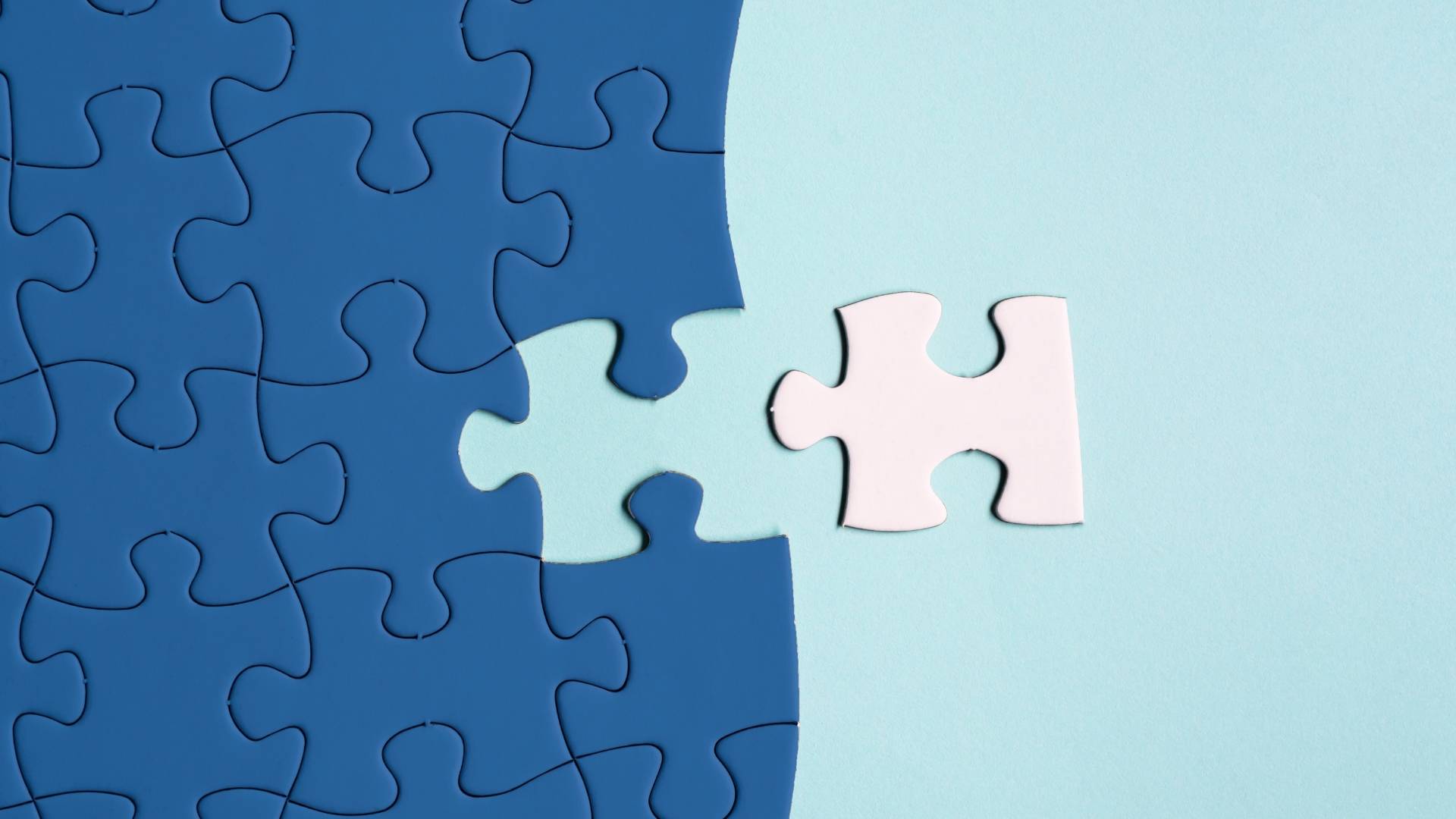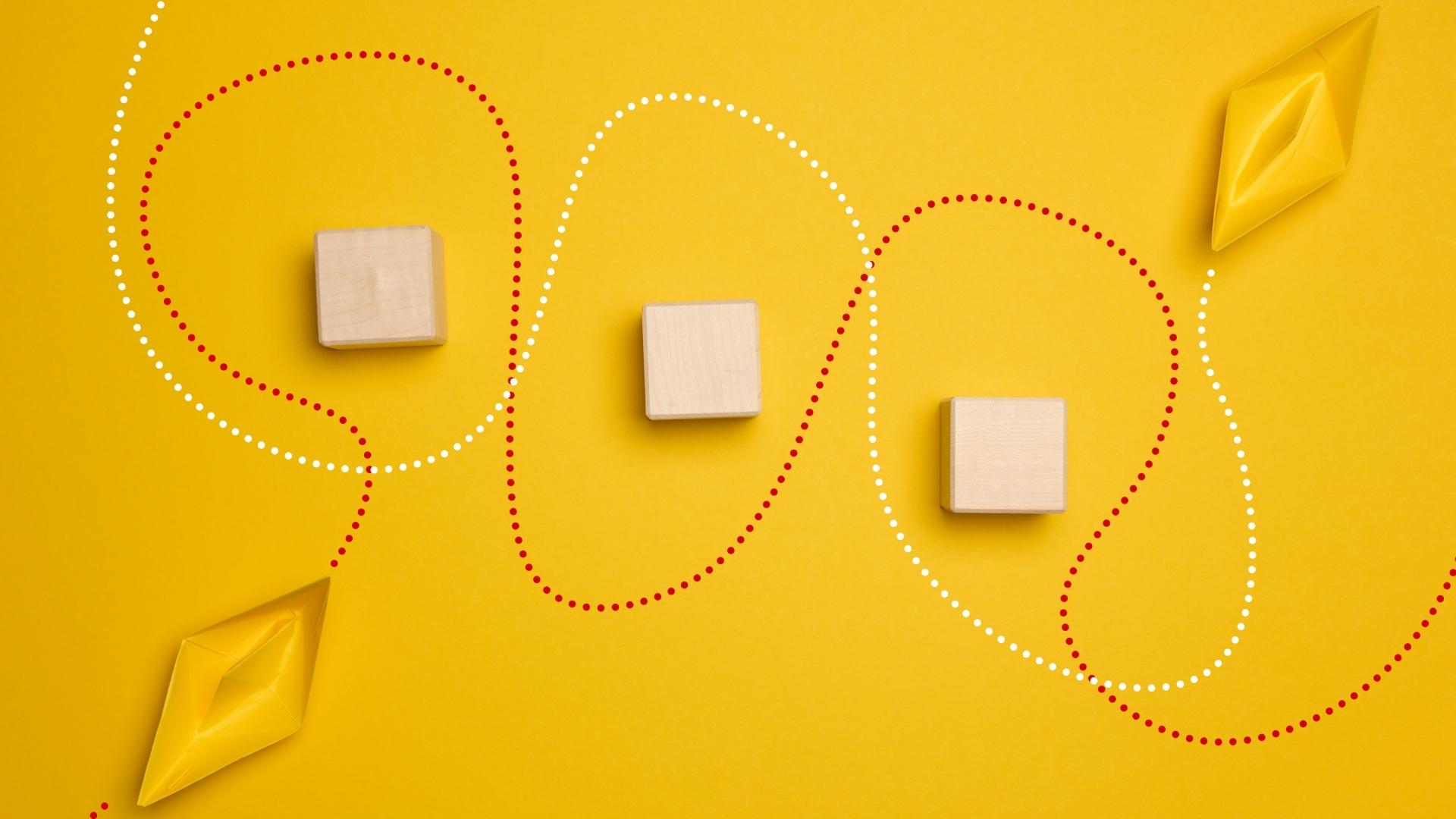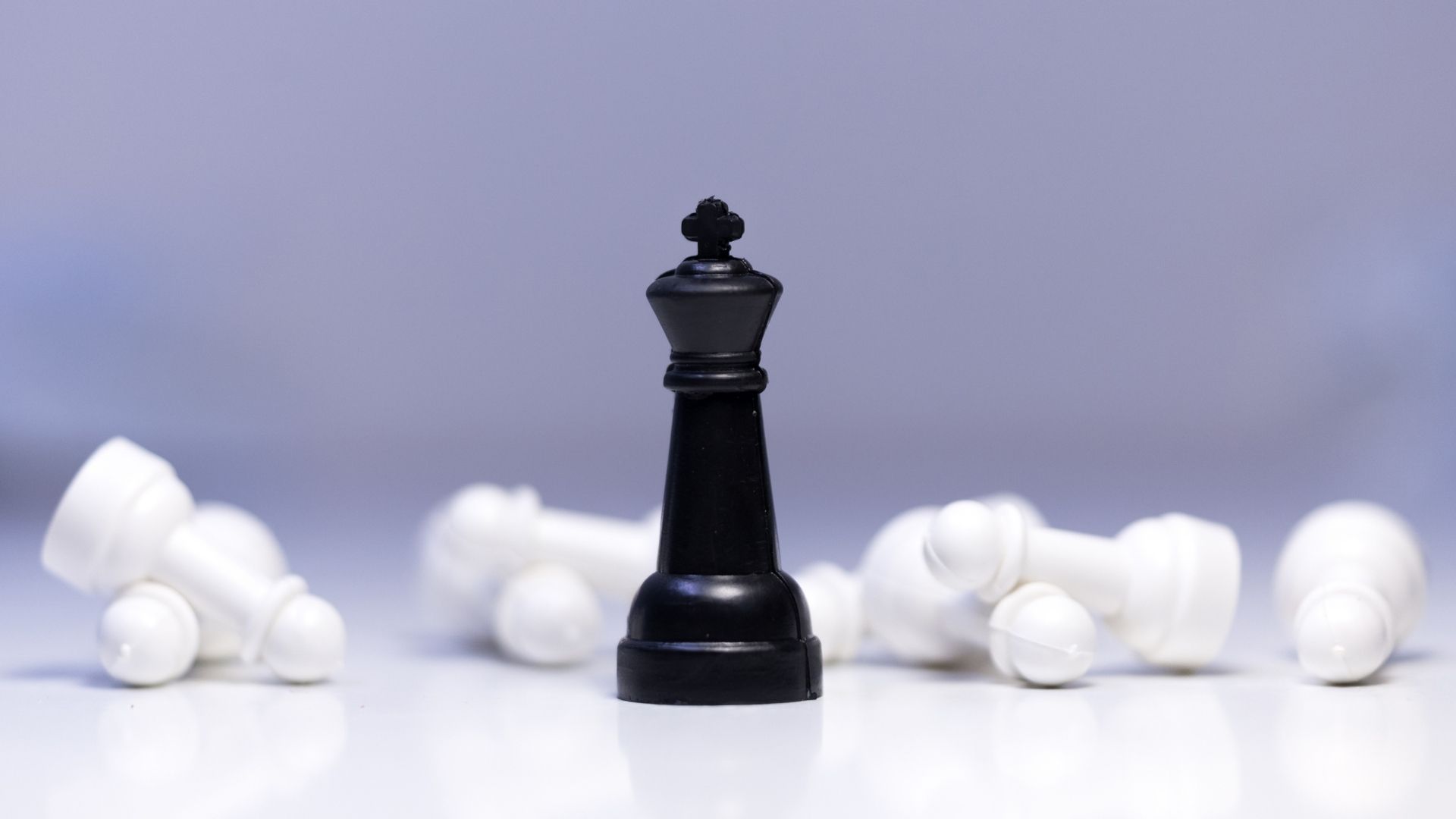Design choices decide revenue because they shape conversion rates, trust signals, and willingness to pay. Most teams still argue “I like it” versus “I don’t.” This guide shows how to make design decisions that serve business goals, not personal taste.
If you lead marketing or need to justify design investments to leadership, use this framework to get approvals faster with fewer revisions.
Strategic design decisions are choices evaluated against business objectives, user outcomes, and data instead of opinion. Use five checks: business alignment, user impact, competitive position, resource fit, and measurable success. This approach cuts revision cycles and speeds approvals while ensuring every design choice drives measurable business results.
Here’s your quick scorecard for any design decision:
- Business alignment: Does this solve a specific business problem?
- User impact: Will users actually value this change?
- Competitive position: Is this different from what competitors do?
- Resource fit: Do we have resources to execute well?
- Measurable success: Can we measure if it worked?
If you scored 5, proceed and document assumptions. If 3 to 4, run a quick stakeholder sync. If 2 or less, pause and clarify the business objective first.
The business case for strategic design
Making design decisions strategically transforms design investments into revenue drivers.
McKinsey’s 2018 Design Index tracked 300 companies for five years and found top-quartile design performers increased revenue 32% faster and delivered 56% higher total returns to shareholders compared to industry peers.
Nielsen Norman Group’s 2020 research across 42 companies documented an average ROI of $100 for every $1 invested in UX design, with best performers seeing returns up to $9,900 per dollar invested.
Adobe’s 2019 study of design-mature companies found they ship products to market 2x faster, see 1.5x greater market share gains, and report 50% more revenue from digital products than design-immature peers.
Beyond financial metrics, strategic design creates organizational efficiency. Teams reduce subjective debates by using objective criteria. Stakeholders gain clear success metrics. Decision frameworks empower faster choices. Companies develop strategic thinking cultures that compound returns over time.

The strategic design decision framework
Strategic design decisions rest on five pillars that answer five business questions. Each pillar addresses a different aspect of value creation.
Pillar 1: Business alignment
Every design decision must answer: What business objective does this serve? How does this increase revenue or cut costs? What’s the measurable impact? Where does this fit in our growth strategy?
A banner is never just a banner. It’s either lead generation (measure conversions), brand building (track recall), or crisis management (monitor sentiment shift). Each purpose requires different design choices.
Pillar 2: User impact analysis
Every design must map to user journey position, emotional state at encounter, and desired behavior change. Identify friction points to eliminate and value delivery opportunities.
Use this user impact matrix to set priorities:
- Awareness stage = Education priority
- Consideration stage = Differentiation priority
- Decision stage = Conversion priority
- Retention stage = Satisfaction priority
Pillar 3: Competitive differentiation
Strategic positioning requires answering: What are competitors doing? Where’s the white space? How do we own a position? What’s our unfair advantage?
Your differentiation framework options:
- Same but better (execution play)
- Different and better (innovation play)
- Opposite (contrarian play)
- First (pioneer play)
Pillar 4: Resource optimization
Design investment evaluation balances ambition with reality. Weigh time investment against impact potential. Compare skill requirements to available talent. Balance technical constraints with possibilities. Calculate budget allocation versus expected return.
Twenty percent of design decisions drive eighty percent of business impact. Strategic design identifies and focuses on that crucial twenty percent.
Pillar 5: Success measurement
Pre-define success metrics before starting. Include leading indicators for immediate feedback. Track lagging indicators for long-term impact. Measure qualitative aspects like brand perception shift. Monitor quantitative measures like conversion rate improvement.


The decision-making process
Use this seven-step process to move from opinion to evidence in days, not weeks.
Step 1: Define the business challenge
Not “we need a new website.” Instead: “we’re losing qualified leads at consideration stage.”
Step 2: Map user requirements
Research actual user needs through interviews. Identify specific friction points. Document decision drivers.
Step 3: Analyze competitive context
Audit competitor approaches systematically. Identify three differentiation opportunities. Find your defensible position.
Step 4: Generate strategic options
Create 3 to 5 strategic directions. Each solves the business challenge differently with a clear hypothesis.
Step 5: Evaluate against criteria
Score each option:
- Business impact score (1-10)
- User value score (1-10)
- Feasibility score (1-10)
- Differentiation score (1-10)
Step 6: Test and validate
Run user testing for effectiveness. Confirm stakeholder alignment. Verify technical feasibility.
Step 7: Measure and optimize
Launch with predetermined metrics. Track performance against hypothesis. Iterate based on actual data.
Framework-to-process mapping
This table shows exactly how each pillar connects to specific process steps:
| Pillar | Primary Steps | Implementation Focus |
| Business alignment | Step 1: Define challenge, Step 5: Evaluate | Ensuring design increases revenue or cuts costs |
| User impact | Step 2: Map requirements, Step 6: Test | Validating design reduces friction |
| Competitive differentiation | Step 3: Analyze context, Step 4: Generate options | Finding unique strategic position |
| Resource optimization | Step 4: Generate options, Step 5: Evaluate | Balancing ambition with reality |
| Success measurement | Step 7: Measure and optimize | Proving design drives results |
This mapping ensures every strategic pillar gets operationalized in your actual process.
Types of strategic design decisions
Design decisions exist in a hierarchy. Understanding levels helps allocate resources appropriately.
| Level | Type | Impact Duration | Affects | Examples |
| 1. Foundational | Brand & System | 3-5 years | Everything | Logo, design principles, core identity |
| 2. Structural | Architecture & Patterns | 1-2 years | Multiple touchpoints | Navigation, templates, interaction patterns |
| 3. Campaign | Marketing & Seasonal | 3-6 months | Specific initiatives | Launch materials, seasonal creative |
| 4. Tactical | Individual Assets | Days to weeks | Single touchpoints | Social posts, email banners, quick updates |
Strategic investment should match impact level. Spend weeks on foundational decisions. Minutes on tactical ones.

Common pitfalls and how to avoid them
Five fatal flaws derail strategic design regularly.
Starting with aesthetics instead of strategy
Wrong: “Make it modern”
Right: “Increase perceived value to justify premium pricing”
Confusing trends with strategy
Wrong: “Everyone’s using gradients”
Right: “Gradients signal innovation to our technical audience”
Designing for stakeholders instead of users
Wrong: “The CEO likes blue”
Right: “Testing shows blue increases trust scores with enterprise buyers”
Measuring activity instead of impact
Wrong: “We redesigned 50 pages”
Right: “Redesign improved qualified lead conversion significantly”
Treating design as decoration
Wrong: “Make it pretty”
Right: “Make it convert better”
The strategic decision toolkit
Use these tools to turn arguments into decisions without downloads or setup.
Tool 1: The decision matrix
Option A versus B versus C:
- Business Impact (1-10): _____
- User Value (1-10): _____
- Feasibility (1-10): _____
- Differentiation (1-10): _____
- Total Score: _____
Highest total with acceptable minimums wins.
Tool 2: The ROI calculator framework
Expected Improvement × Current Baseline = Projected Gain Projected Gain – Design Investment = Net ROI Net ROI ÷ Design Investment = ROI Percentage
Tool 3: The context scorecard
Quick 10-point checklist before any design project:
- Clear business objective defined
- Success metrics identified
- User research completed
- Competitive analysis done
- Resources confirmed available
- Timeline is realistic
- Stakeholder alignment secured
- Technical feasibility verified
- Brand guidelines reviewed
- Measurement plan in place
Case studies in strategic design decisions
Real examples illustrate the framework in action.
The pop-up that solved a business problem
Challenge: Outdated form hurting premium brand perception
Strategic Decision: Design as trust signal, not just function
Result: Significant increase in qualified leads because form design matched brand positioning
Lesson: Context transforms tactics into strategy
The homepage that reduced bounce rate
Challenge: High bounce rate from paid traffic
Strategic Decision: Match ad promise above fold
Result: Substantial reduction in bounce rate because the above-fold message matched ad promise exactly
Lesson: Design decisions should follow user journey
The email system that saved time
Challenge: One-off emails, no consistency, high production time
Strategic Decision: Build design system for efficiency
Result: Major reduction in production time because templates eliminated redundant decisions
Lesson: Strategic design compounds value over time


Building a culture of strategic design
Use these four phases to make strategic design your default approach.
Education phase
Train teams on framework basics. Share success stories internally. Create common vocabulary.
Implementation phase
Start with one high-impact project. Document all decisions and results. Build momentum through visible wins.
Integration phase
Embed framework in standard process. Make strategic thinking the default. Reward data-driven decisions.
Optimization phase
Refine framework based on results. Share learnings across teams. Develop continuous improvement rhythm.
The future of strategic design
Emerging trends shape strategic design evolution.
Multi-variant testing at scale democratizes optimization. Real-time design optimization through AI accelerates learning cycles. Predictive design analytics anticipate user needs before they’re expressed. Dynamic personalization systems deliver individual relevance. Automated decision documentation captures institutional knowledge.
Tools will evolve rapidly. The need for strategic thinking remains constant. Business objectives, user needs, and measurable results will always drive good design.
The reality check
This framework requires discipline. It adds 15 to 30 minutes of upfront planning per project. Most companies won’t invest that time.
That’s your opportunity.
Strategic design thinking demands initial investment. Teams need framework training. Stakeholders must align on evaluation criteria. Documentation takes effort upfront.
The payoff multiplies quickly. Fewer revision cycles save weeks of churn. Clear criteria prevent scope creep. Objective evaluation accelerates approvals. Teams make confident decisions faster.
After three months, the framework becomes second nature. After six months, you wonder how you worked without it.
Frequently asked questions
What’s the difference between strategic and tactical design decisions?
Strategic design decisions affect business outcomes over months or years (like brand positioning that shapes market perception), while tactical decisions affect immediate execution (like button color for this week’s email). Both matter, but strategic decisions deserve far more investment time.
How do I measure the ROI of strategic design?
Design ROI measurement combines quantitative metrics (conversion rate lift, revenue impact) and qualitative measures (brand perception studies, customer satisfaction scores). Set baseline metrics before changes, then track improvement monthly.
What if stakeholders still want to make subjective decisions?
Transform subjective preferences into objective criteria. Ask: “What business outcome would that achieve?” This question shifts discussion from opinion to measurable impact.
How much time should strategic design decisions take?
Investment scales with impact. Foundational decisions affecting brand identity deserve weeks of strategy. Tactical decisions for social posts need five minutes. The framework helps determine appropriate investment.
Can small businesses afford strategic design?
Small businesses can’t afford to skip strategic thinking. With limited resources, every design dollar must drive results. The framework scales to any budget.
How do we know if a design decision is truly strategic?
A strategic design decision answers three questions: What business problem does this solve? How will we measure success? Why is it better than the alternatives?
What’s the most common mistake in strategic design?
Retrofitting strategy after design is complete. Strategy must come first, design second. Otherwise you’re decorating, not solving business problems.

Your strategic design advantage
Market leaders make strategic design decisions while competitors make aesthetic choices. They measure impact while others count outputs. They invest in scalable systems while others buy one-off solutions.
This isn’t theoretical. It’s the methodology that separates companies seeing design as strategic advantage from those treating it as necessary expense. Organizations implementing strategic design frameworks report measurable improvements across key metrics.
The framework demands discipline. Those 15 to 30 minutes of upfront planning feel like overhead initially. Most competitors won’t make that investment.
Their loss becomes your gain.
Ready to transform design from cost to profit center? Schedule a consultation to see how strategic design decisions drive real business results.








